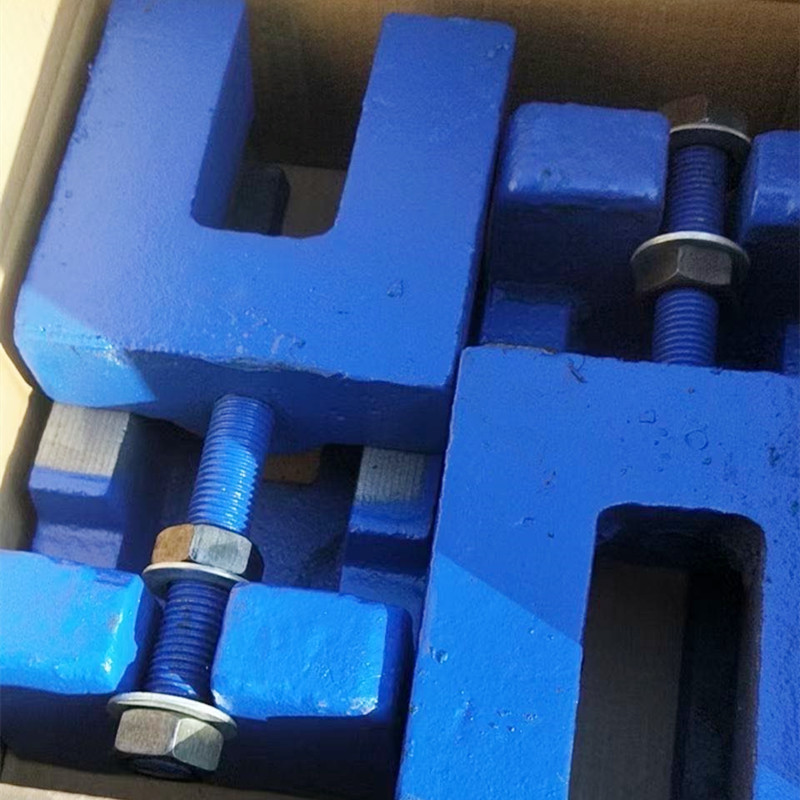Dec . 16, 2024 00:05 Back to list
butterfly valve seat types
Understanding Butterfly Valve Seat Types
Butterfly valves are widely used in various industries due to their simple structure, quick operation, and efficient sealing capabilities. One of the key components that determine the performance and reliability of a butterfly valve is its seat. The valve seat plays a critical role in ensuring a tight seal, thus preventing leakage and maintaining the desired flow control. This article explores the different types of butterfly valve seats and their applications, helping professionals select the right seat type for their specific needs.
1. Rubber Seats
Rubber seats are one of the most common types used in butterfly valves. They provide excellent sealing capabilities, good flexibility, and resistance to wear. Rubber materials like EPDM (Ethylene Propylene Diene Monomer) and NBR (Nitrile Butadiene Rubber) are popular choices because of their ability to withstand various temperatures and chemical exposures. Rubber seats are ideal for water, wastewater, and HVAC applications, where a tight seal and cost-effectiveness are crucial.
Advantages - Good sealing performance - Cost-effective - Suitable for a wide range of media
Disadvantages - Limited temperature and pressure resistance - Vulnerable to abrasion and chemical attack
2. PTFE Seats
Polytetrafluoroethylene (PTFE) seats are known for their exceptional chemical resistance and high-temperature capabilities. PTFE is non-stick and provides a low coefficient of friction, enabling smooth operation of the valve. These seats are often used in applications involving aggressive chemicals, such as in the pharmaceutical and chemical processing industries.
Advantages - Excellent chemical resistance - High-temperature tolerance - Low friction leads to reduced wear
Disadvantages - Higher cost compared to rubber seats - Less effective sealing in low-pressure situations
3. Metal Seats
butterfly valve seat types

Metal seats are used for high-performance applications where extreme temperatures and pressures are common. They are primarily made from stainless steel, and are designed to withstand abrasive media and harsh environmental conditions. Metal-seated butterfly valves are commonly found in the oil and gas, power generation, and mining industries.
Advantages - Very high durability and longevity - Suitable for extreme conditions - Minimal wear and tear over time
Disadvantages - Higher initial cost - Potential for leakage if not properly aligned or maintained
4. Composite Seats
Composite seats combine different materials to leverage the strengths of each. These may be a blend of rubber and PTFE or other materials designed to enhance both sealing effectiveness and durability. Composite seats are becoming increasingly popular as industries seek hybrid solutions that can handle various conditions without compromising performance.
Advantages - Improved performance characteristics - Versatile for multiple applications - Enhanced resistance to both chemical and thermal influences
Disadvantages - Can be more complex to manufacture - May have varying costs depending on material combinations
Conclusion
Choosing the right type of butterfly valve seat is vital for ensuring operational efficiency and safety in various applications. Each seat type offers specific advantages and disadvantages depending on the operating conditions and media involved. Rubber seats excel in cost-effectiveness and flexibility, while PTFE seats shine in aggressive environments. Metal seats provide unparalleled durability, and composite seats offer a fusion of performance advantages.
Understanding the nature of the application, including temperature, pressure, and media conditions, will guide professionals in selecting the appropriate butterfly valve seat type, thus optimizing performance and extending the valve's service life. Whether in water treatment, chemical processing, or energy production, the right seating choice is crucial for reliable and efficient valve operation.
-
Precision Manufacturing with Advanced Spline Gauge DesignNewsJul.31,2025
-
Industrial-Grade Calibrated Pin Gauges for Exact MeasurementsNewsJul.31,2025
-
Industrial Filtration Systems Depend on Quality Filter DN50 SolutionsNewsJul.31,2025
-
High-Performance Gate Valve WholesaleNewsJul.31,2025
-
Granite Surface Plate The Ultimate Solution for Precision MeasurementNewsJul.31,2025
-
Granite Industrial Tools The Ultimate Guide for Bulk BuyersNewsJul.31,2025
Related PRODUCTS









